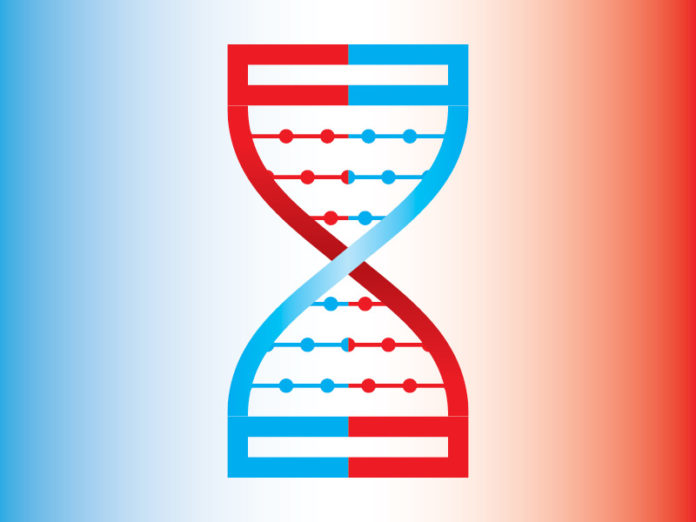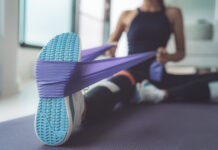
Nobel Prize winning science has proven that getting proper exercise affects you right down to the end tips of your DNA — the same end tips that determine how healthy you’ll be as you age and how long you will live.
The end tips of your DNA are called telomeres. They’re like the plastic aglets on your shoelaces that stop the laces from unraveling. Telomeres begin to fray and shorten naturally as we age, but your lifestyle can increase the wear and tear on them, causing them to shorten prematurely. When that happens, you’re more at risk for disabling disease as you get older — and at risk of shortening your normal lifespan. But that doesn’t have to happen. A healthy lifestyle that includes exercise can keep your telomeres long and strong and you performing at your healthiest peak.
We know that exercise reduces the effects of aging by:
- Lowering excessive blood glucose and insulin, which prevents glycation;
- Elevating growth hormone, testosterone and serotonin, which counteracts aging hormonal imbalance;
- Lowering blood pressure and cholesterol levels, which decreases cardiovascular inflammation;
- Inducing natural body antioxidants, reducing oxidative stress.
Now we know that exercise can also slow the shortening of telomeres, slowing aging right down to the very ends of our cells.
A 2011 study that looked at the activity levels of twins showed the more active twin had longer telomeres. Since you can measure telomere length, you can also uncover your biological age as compared to your calendar age. The study went on to suggest that the inactive twins could be biologically older than their active sibling by more than a decade! (If you’re interested in knowing your own biological age, you can now do a simple blood test to determine your telomere length).
More recently, a study published in Medicine & Science in Sport & Exercise showed clear associations between active people and their telomeres. Researchers from the University of Mississippi and University of California, San Francisco, asked 6,500 people to answer four questions about exercise — about whether they ran, walked, rode a bike or weight trained. For every yes, the person was given a point.
The researchers then compared the point tallies to the telomere length of each person. The results showed an important advantage for more active people. The study concluded a person who took part in at least one activity was three per cent less likely to have short telomeres, but a person who engaged in all four types of activities was 59 per cent less likely to have very short telomeres.
That doesn’t mean you should over-exercise. What I’ve seen from my own patients as well as other research shows that you can overdo it and lessen the positive impact of exercise on your health and your telomeres. Essentially, overtraining (say more than 60 minutes of aerobic and/or anaerobic exercise daily, unless you’re an elite athlete) stresses your body, which causes the secretion of cortisol. This causes your blood sugar to rise (which is bad for anti-aging) and testosterone production drops in favour of cortisol production, which impairs healthy metabolism. So too much strenuous exercise could actually work against you.
While there is no doubt that shorter telomeres can be equated to shorter, less healthy lives, it’s never too late to start turning things around.
Researchers have found that middle age may be a key time to begin or maintain an exercise program to slow the shortening of your telomeres. So keep moving, or get moving. Your telomeres and your health will thank you.













